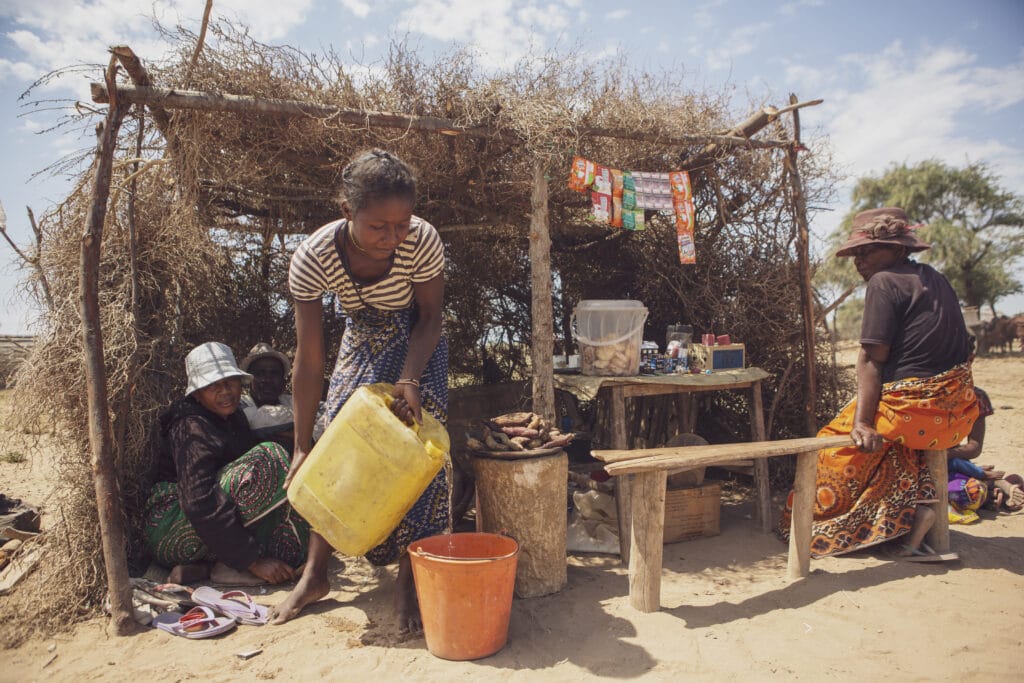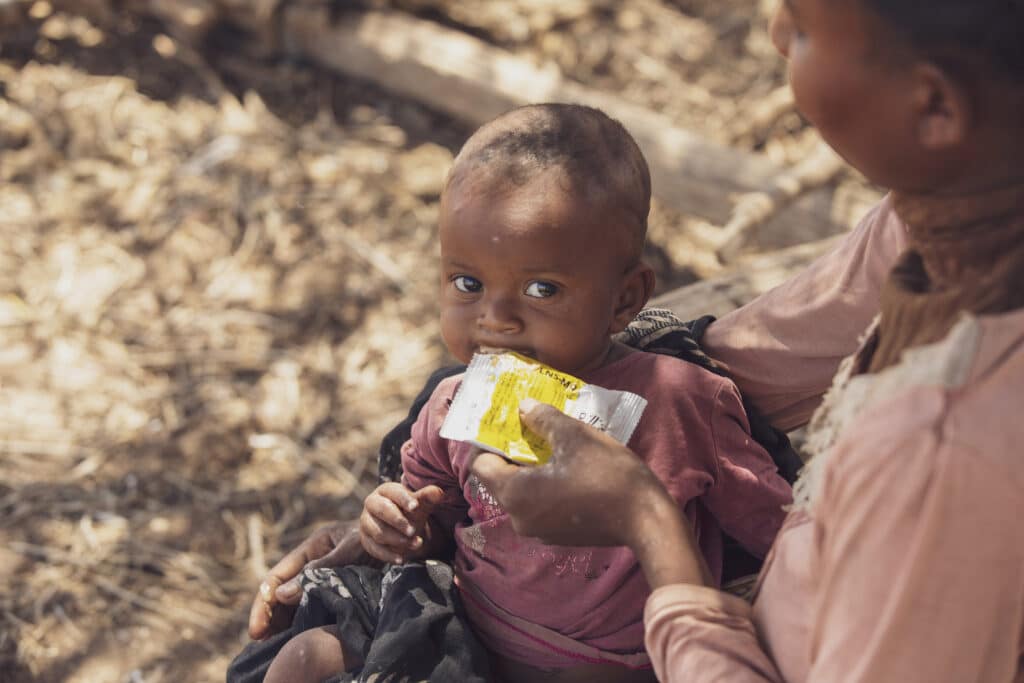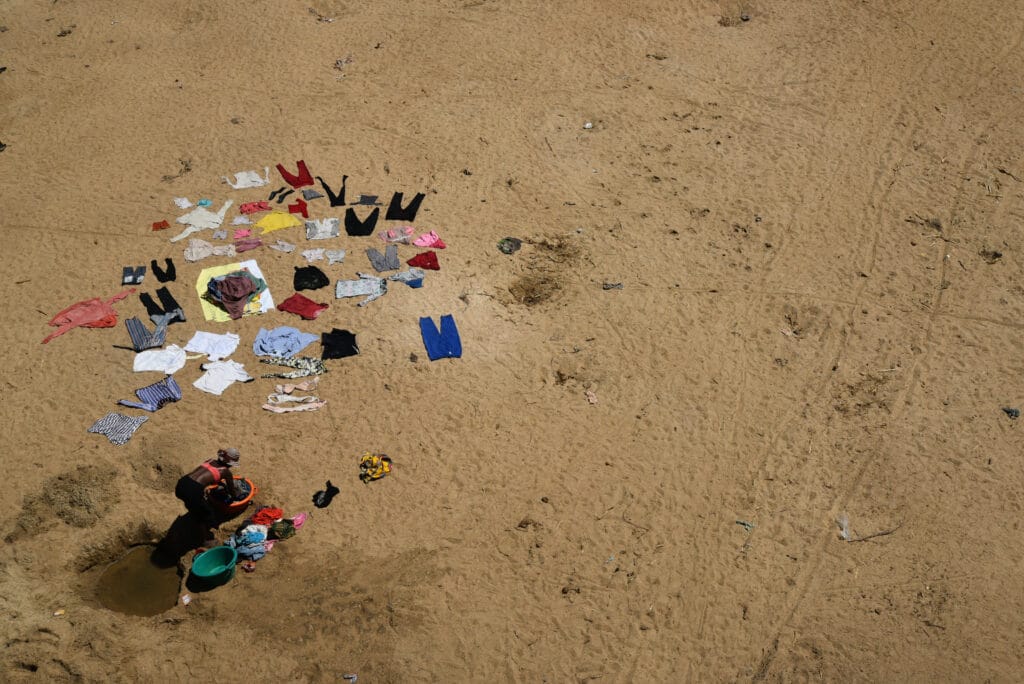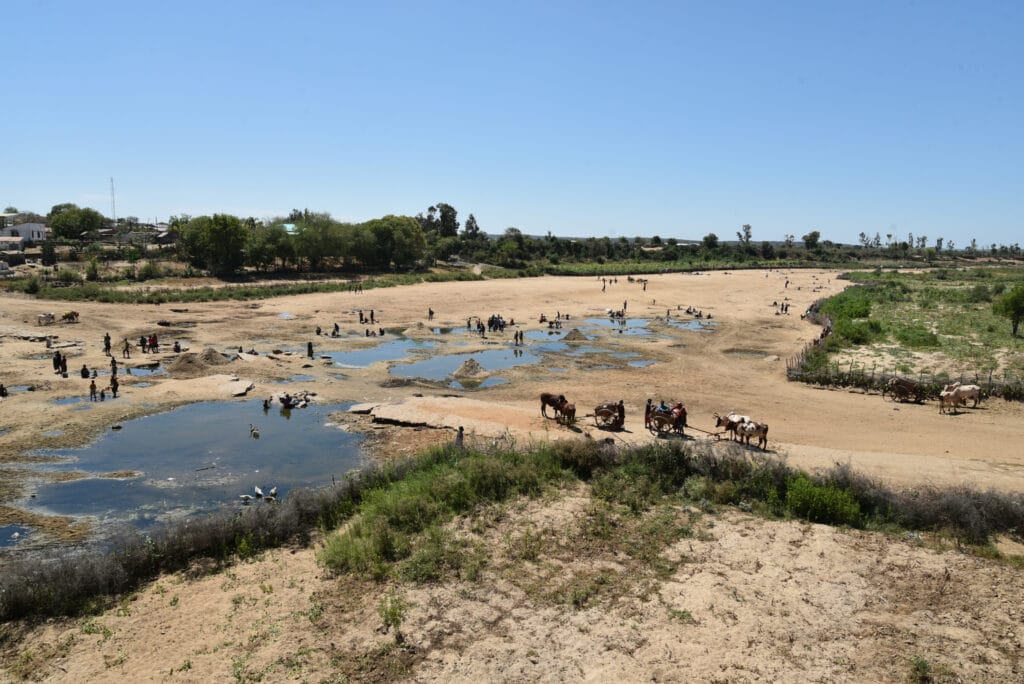Where is Pope Francis with the power of the Catholic Church behind him, or the many companies who are supporting the Beijing Winter Olympics, or all of the nations at the COP26 Climate Summit, where is the urgent help needed for Madagascar, or is help only available to richer white nations? The Pope could take reserves from the Vatican and feed every single hungry person on the island, so why is there still a problem with food? Because there is no photo-op here, no climate issue to talk about, only the starving. The Associated Press has the story:
About 700,000 people are already receiving food aid and increased emergency assistance is needed
ANTANANARIVO, Madagascar (AP) — Parched by four years of drought, more than 1.1 million people in southern Madagascar urgently need food aid in a rapidly worsening crisis, experts warn.
About 700,000 people are already receiving food aid and increased emergency assistance is needed, according to WFP which is working with the Malagasy government and other humanitarian agencies.

“Harvests fail constantly, so people don’t have anything to harvest and anything to renew their food stocks,” Alice Rahmoun, WFP’s communications officer in Madagascar said.
More than 90% of the population in Madagascar’s “Deep South” region lives below the poverty line, making families extremely vulnerable, according to Amnesty International.
“All aid agencies are working together to try to prevent this crisis from turning into famine,” Jean-Benoît Manhes, deputy representative of UNICEF in Madagascar, told The Associated Press.
“But we are witnessing a deterioration which requires increased resources,” he said. “To give you an idea, in the months of July and August, 14,000 children were treated for severe acute malnutrition. That is usually the number we treat in an entire year.”
The four consecutive years of drought have wiped out crops and exhausted the food reserves of the farming communities of Madagascar’s “Grand Sud,” or Great South, he said.
Southern Madagascar is used to dry seasons, usually from May through October, known as kere in the Malagasy language when fields are dry and food is short, but this year is much worse, say local farmers.
The ground is so hard that it’s difficult to plant crops of corn, rice and cassava that are traditionally started in November.

“It’s impossible to cultivate here at the moment,” said Nathier Ramanavotse, 68, mayor of Maroalomainty, in the far south of Madagascar.
“It rained a little last week but it’s not enough to cultivate. We used to grow a lot of corn here but for four years the crops have failed. It has been getting worse and worse,” he said.
“There is no other work to be done here to make money,” Ramanavotse said. “We suffer a lot … many of us have eaten our seeds because it is the only thing left to eat at home. It’s an unbearable temptation when you are hungry.”
Recently the area has been plagued by intense sand winds, called “tiomena” in Malagasy which means red winds. The sandstorms have engulfed and ruined the early crops that were planted, farmers say.
“All the trees have been cut in the area and there is nothing left to hold back the wind,” said Ramanavotse. In the landlocked part of the country, many farmers have turned to tree cutting and coal mining to survive, he said.

Desperate, many families have turned to strategies of last resort to survive, say residents.
‘When we run out of money, we eat cactus leaves or tubers,” said Liafara, who only has one name. “In this kere, we are eating things that we don’t even know the names of. To get water, you have to dig in the Mandrare River which is very dry at the moment, and it takes a lot of work.”
The mother of five children, Liafara, 37, said it’s difficult to stretch their food to feed her family.
‘If we have a little money, we buy rice to eat in the evening. We cook it with lots of water to share it with all of us,” she said. “But often at night, we can’t sleep. We just roll around in bed because we’re hungry.”
The family lives in Amboasary-Atsimo, the epicenter of the extreme food shortages where 14,000 people are in catastrophic conditions, according to the latest statistics from the World Food Program’s Integrated Phase Classification.

‘My children, like all those in the village, are very weak. At the moment, they no longer go to school because they can’t concentrate due to hunger. We sell what we have at home to eat. We have no more furniture. We even sold the door to our house to get some money,” she said.
“Last week, when the rain fell a little, I sold my plates so that I could buy seeds,” she said. “Goats and zebus (cows), we sold them a long time ago.”
More than 500,000 children under the age of five in the far south of Madagascar are likely to suffer from acute malnutrition until April 2022, according to the Integrated Food Security Classification Framework. Of these, more than 110,000 already suffer from severe acute malnutrition and need urgent action.
The Portuguese charity Brotherhood Without Borders has set up 14 nutritional centers in the Androy region to feed and give emergency care to malnourished children.
“The situation is not improving at all,” said Felly Zihal, coordinator for the group’s program in southern Madagascar. “There are cases of children who have practically no more flesh. There is only the skeleton and the skin.”
By LAETITIA BEZAIN






